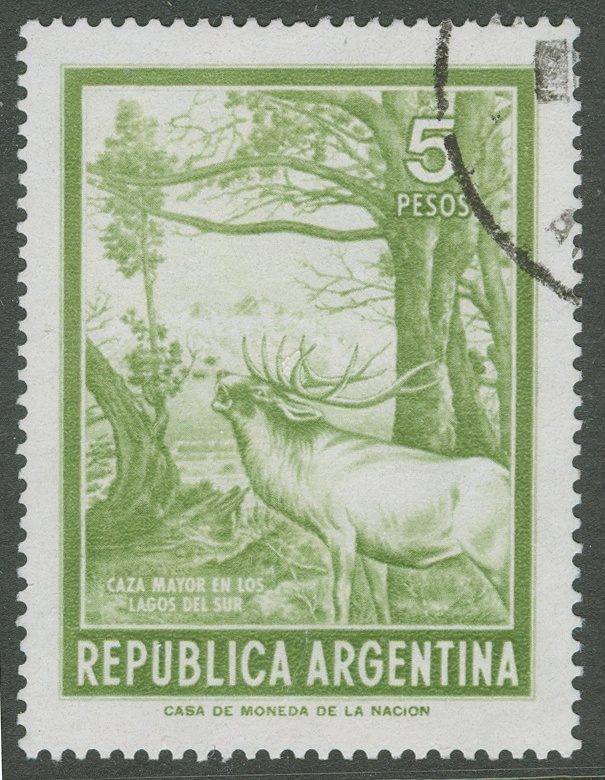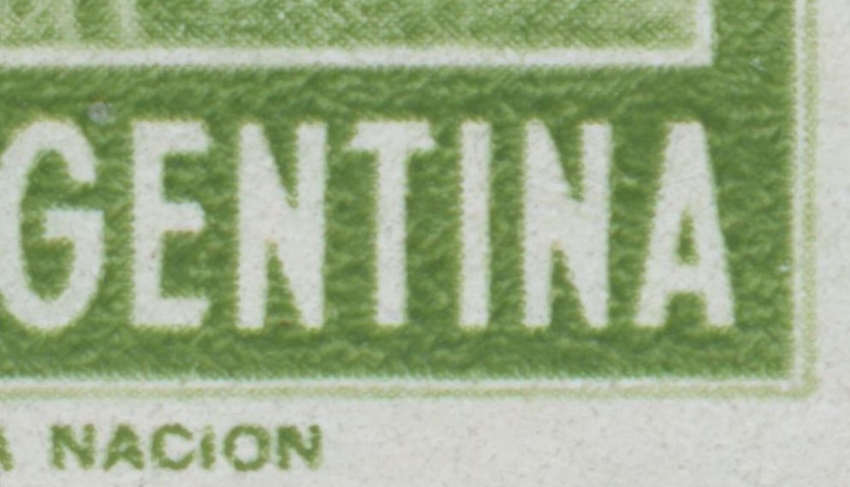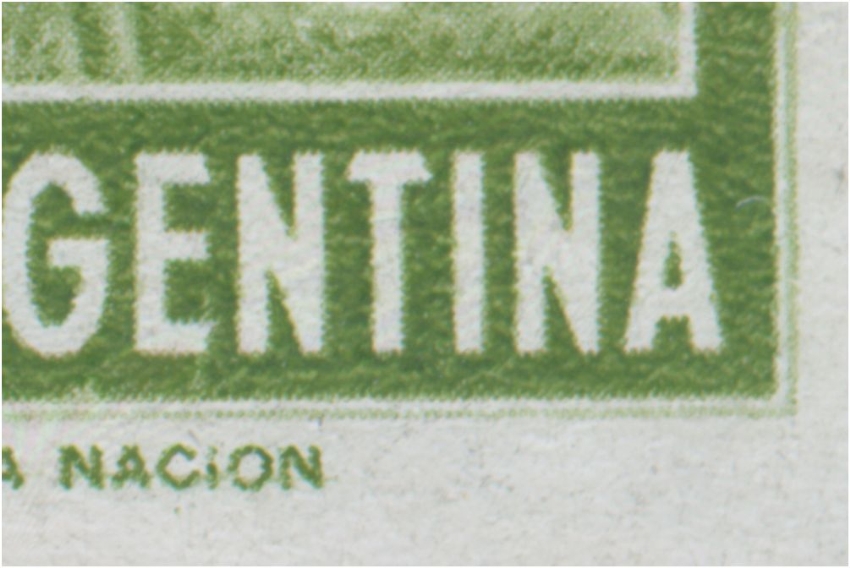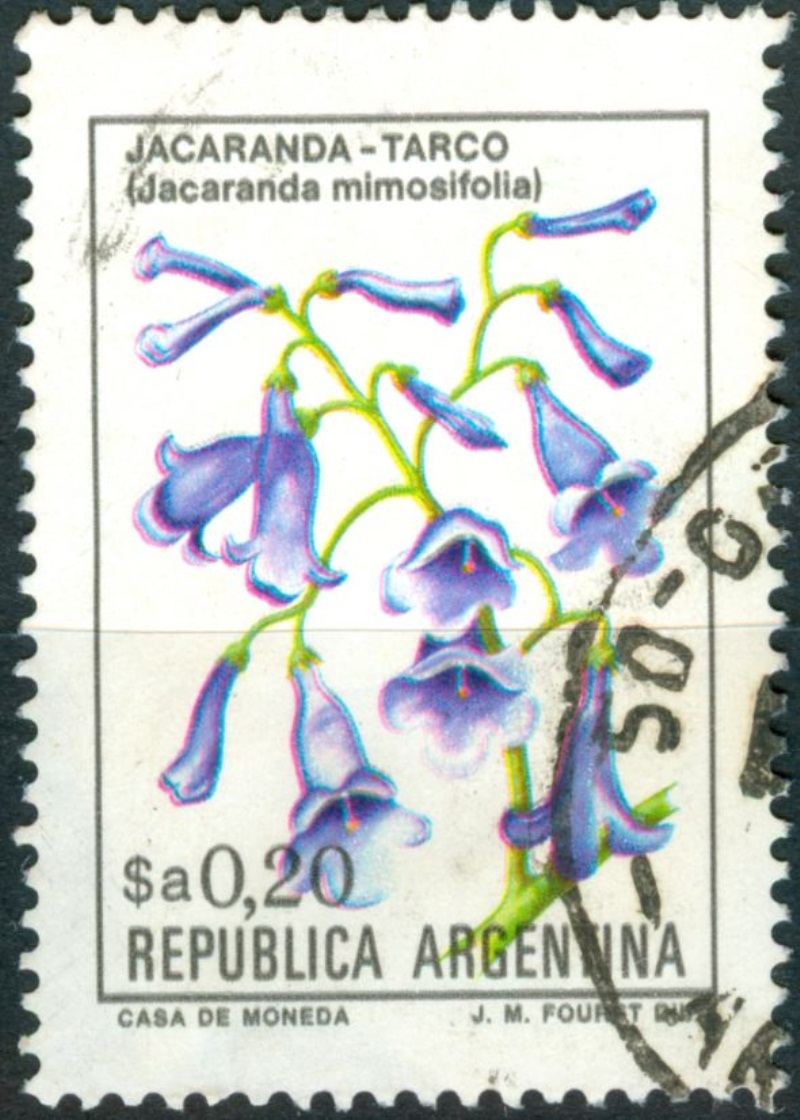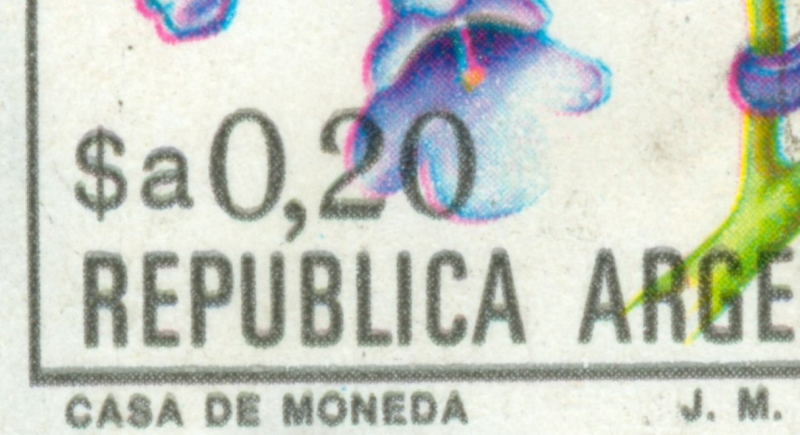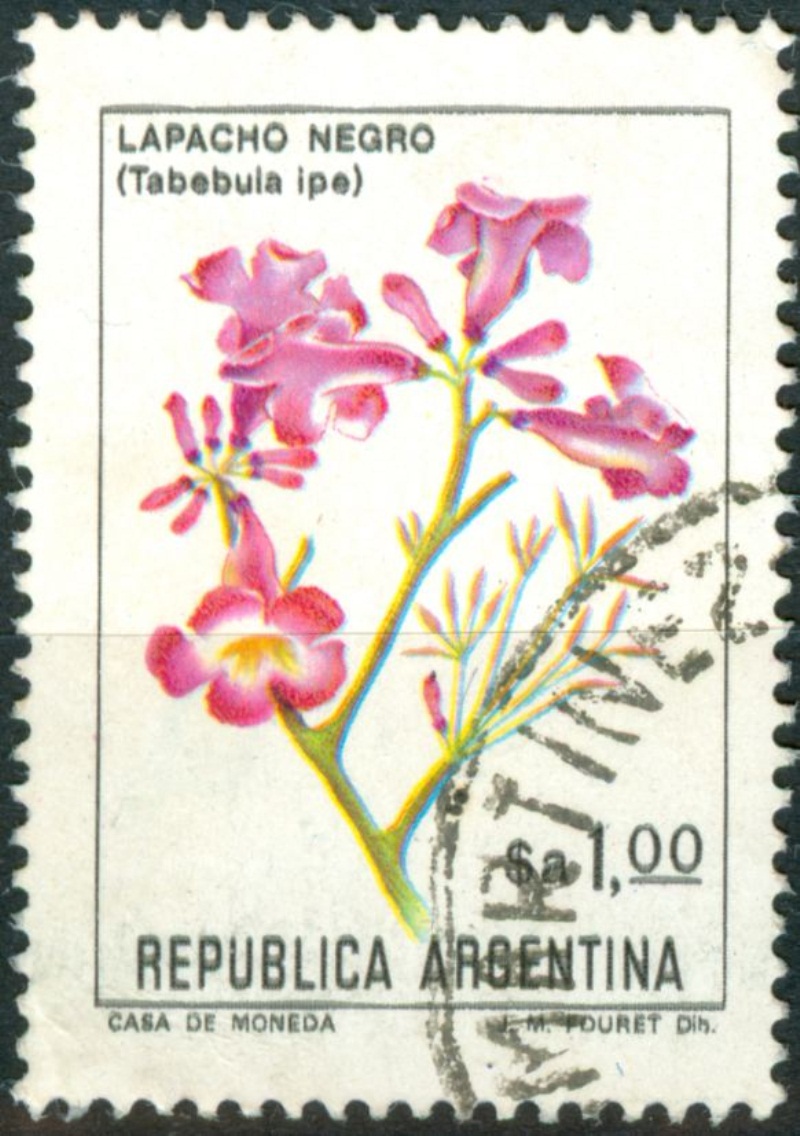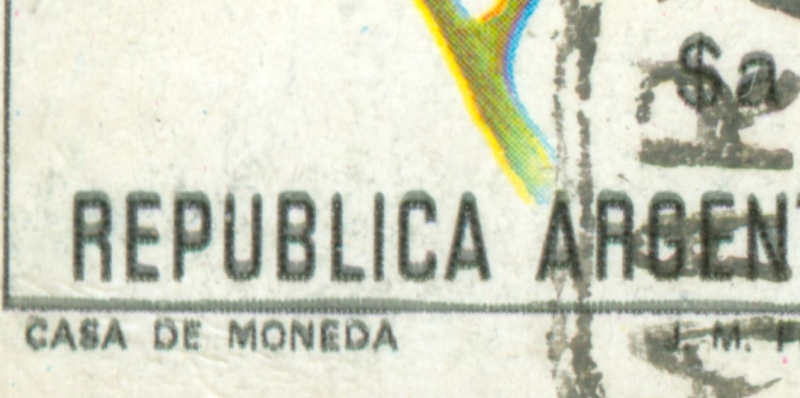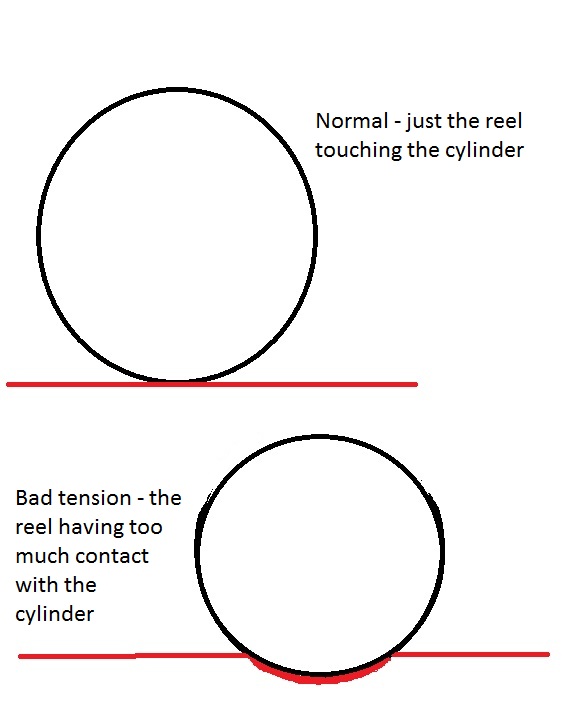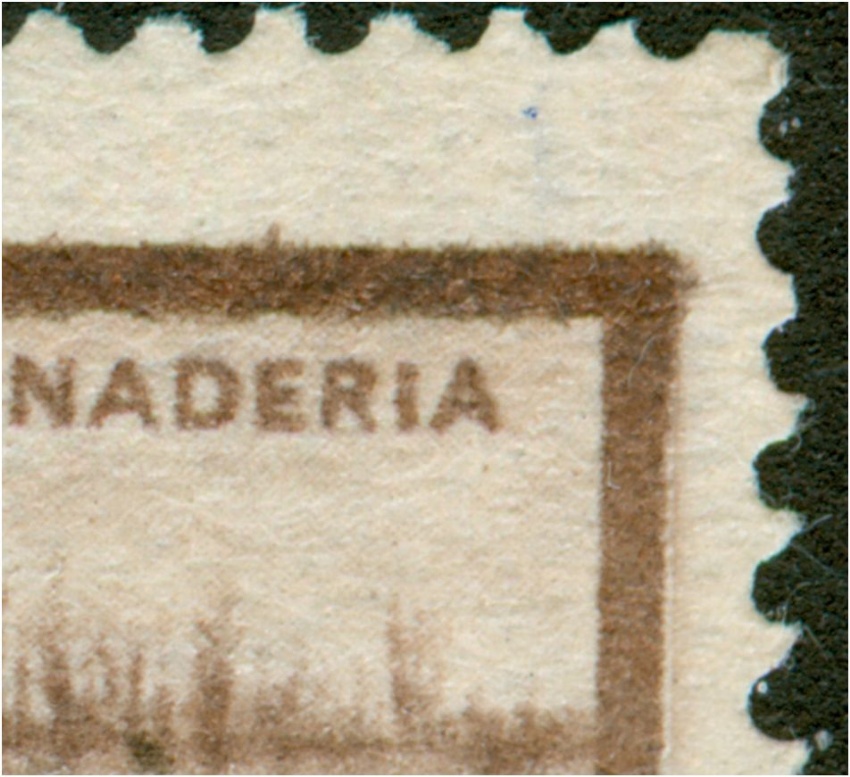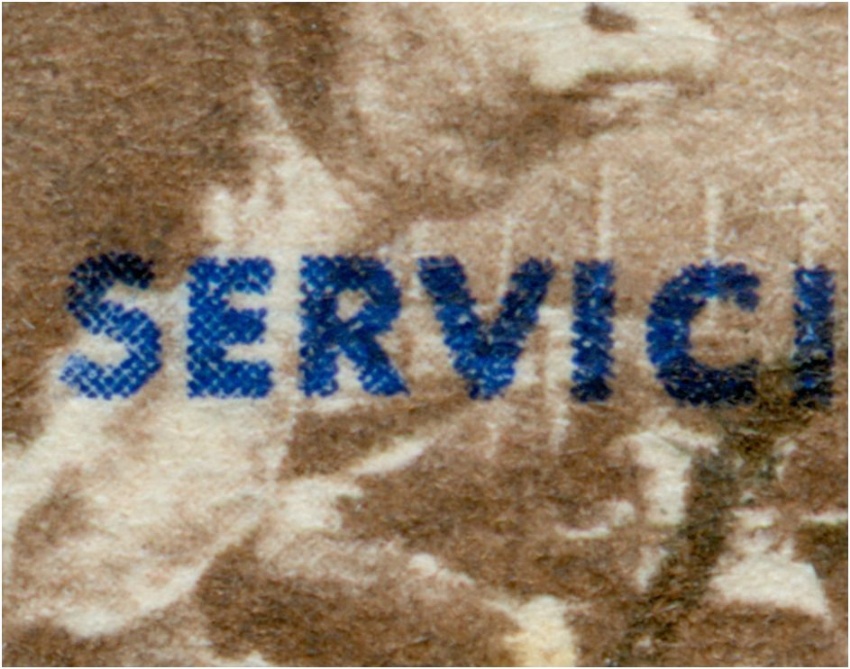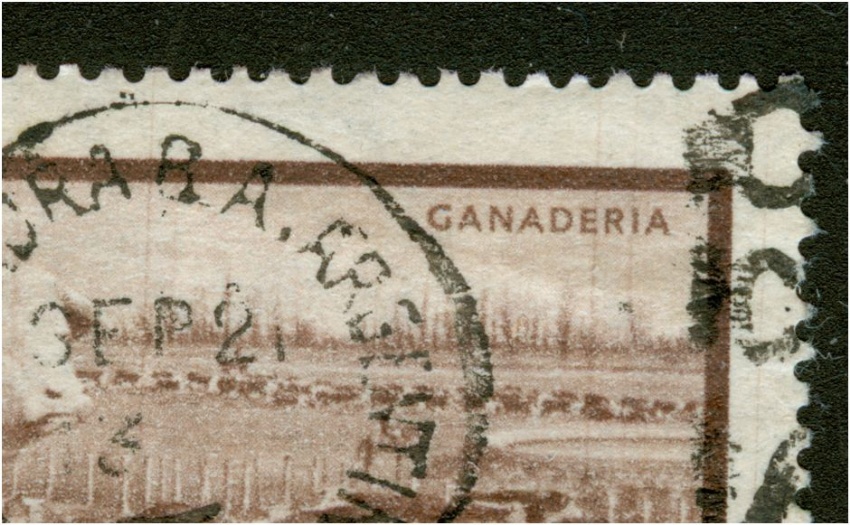The phenomenon of "direction of printing" had been discovered by Douglas Myall ("Deegam") in 1972. Myall is THE innovative philatelist specializing the UK Machin stamps writing the standard handbooks for all Machin collectors all over the world. He discovered the direction of printing as the prefential ink flow observed by comparing coil stamps and booklet stamps and the normal counter sheet stamps.
More or less simultaneoulsy the phenomenon was also discovered by Huig Tielman in the Netherlands who saw an ink flow in the 25c Queen Juliana booklet stamps printed in reels - the left half of the reel being tête-bêche to the right half of the reel. The left half had the ink flowing upwards, the right half flowing downwards! He could thus tell booklets originating from the left half from those from the right half!
Huig Tielman inspired me to have a good look at all photogravure printed stamps and I found out that you could establish the direction of printing basically in all stamps that had been printed with cylinders. Not just in photogravure but also in offset-litho and in recess!
I gave the four directions - the preferential direction where the ink would flow - the codes B [oven = upwards], O [onder = downwards], L [to the left] and R [ to the right]. I have been using this way of denoting the directions of printing since 1974.
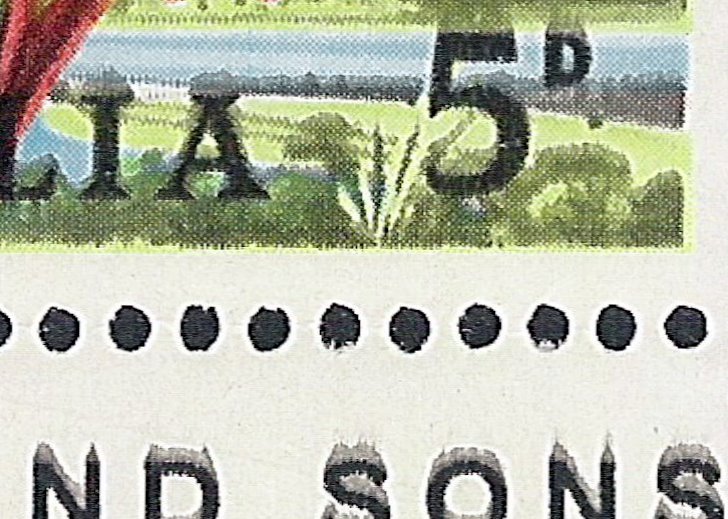
The Australian stamps printed in photogravure by Harrison show the ink flowing upwards. In this stamp the ink flow is quite spectacular, whereas most photogravure stamp will not show it this way!
The colour is usually a fade shade of the original colour - rather grey than black in the stamp shown above!
The ink of photogravure being rather fluid contains pigments that will stay at their place whereas the fluids will tend to move
to be continued ...


